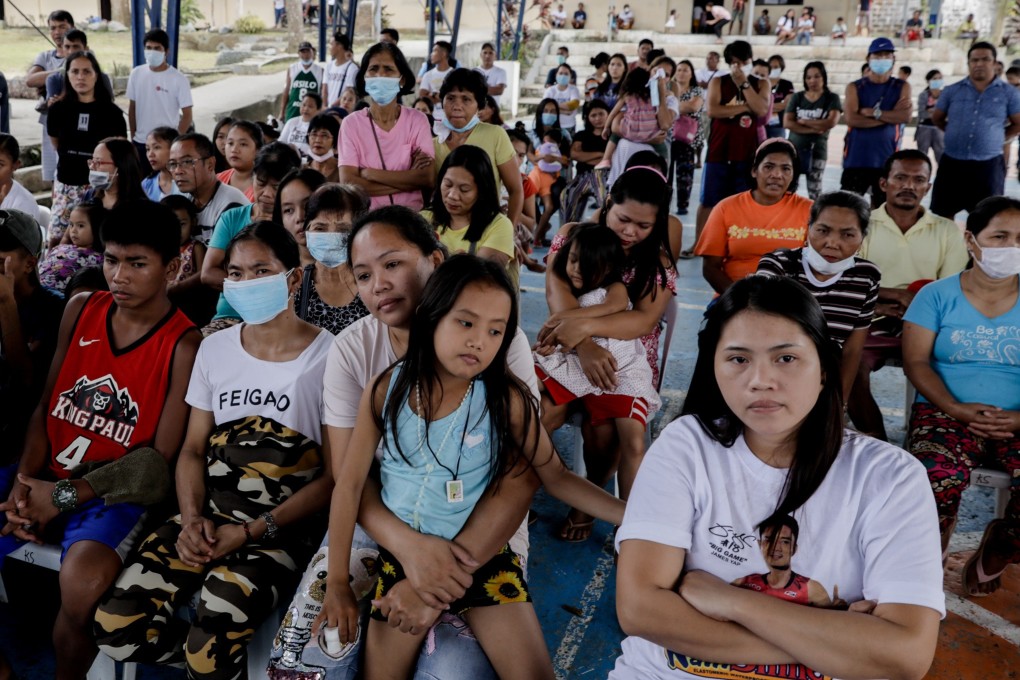Taal Volcano: life near eruption was ‘like having a gun pointed’ at residents, officials say
- The simmering volcano has ejected smaller ash plumes for days after a gigantic eruption January 12 sent ash drifting north over Manila, about 65km away
- Officials have now launched a crackdown on residents returning to gather possessions and has decided alternative housing will need to be found long-term

The simmering volcano has ejected smaller ash plumes for days after a gigantic eruption January 12 sent ash drifting north over Manila, the capital, about 65km away. More than 110,000 people have taken refuge in evacuation centres since Taal burst to life a week ago, but many hard-hit towns have permitted people in to fetch items, feed livestock and clean up their houses.
“We are directing DRRMCs [civil defence officers] ... not to allow anyone to enter the danger zone,” said Epimaco Densing, undersecretary for the Department of Interior. “It’s dangerous, that’s why we have imposed a lockdown.”
The island was long ago designated a national park off-limits to permanent villages. The government’s volcano-monitoring agency has separately declared the island a permanent danger zone, but still, impoverished villagers have lived and worked there for decades.
“They lived on the volcano itself with 47 craters. That’s really dangerous. It’s like having a gun pointed at you,” said Renato Solidum, director of the Philippine Institute of Volcanology and Seismology (Phivolcs).
While a larger, explosive eruption is still possible and tens of thousands of evacuees remain in emergency shelters, officials have begun discussing post-eruption recovery.
Interior Secretary Eduardo Ano said officials in Batangas province, where the volcano is located, have been asked to look for a safer housing area, at least 3 hectares (7 acres) in size, for about 6,000 families that used to live in four villages and worked mostly as tourist guides, farmers and fish pen operators on Volcano Island. The new housing site should be at least 17km away from the restive volcano to be safe, he said.
“We have to enforce these regulations once and for all because their lives are at stake,” Ano said on Sunday, adding that closely regulated tourism work could eventually be allowed on the island without letting residents live there permanently.
